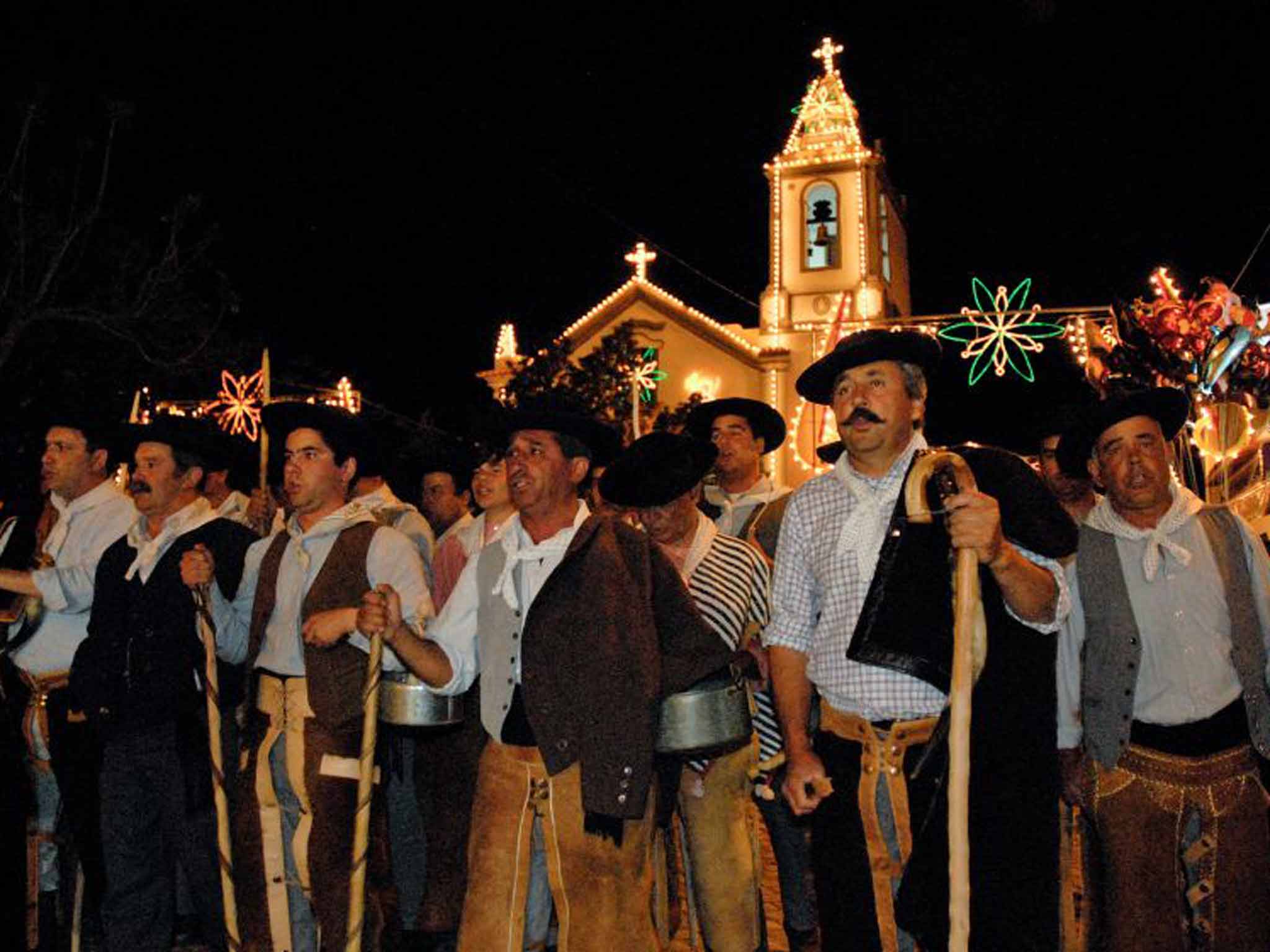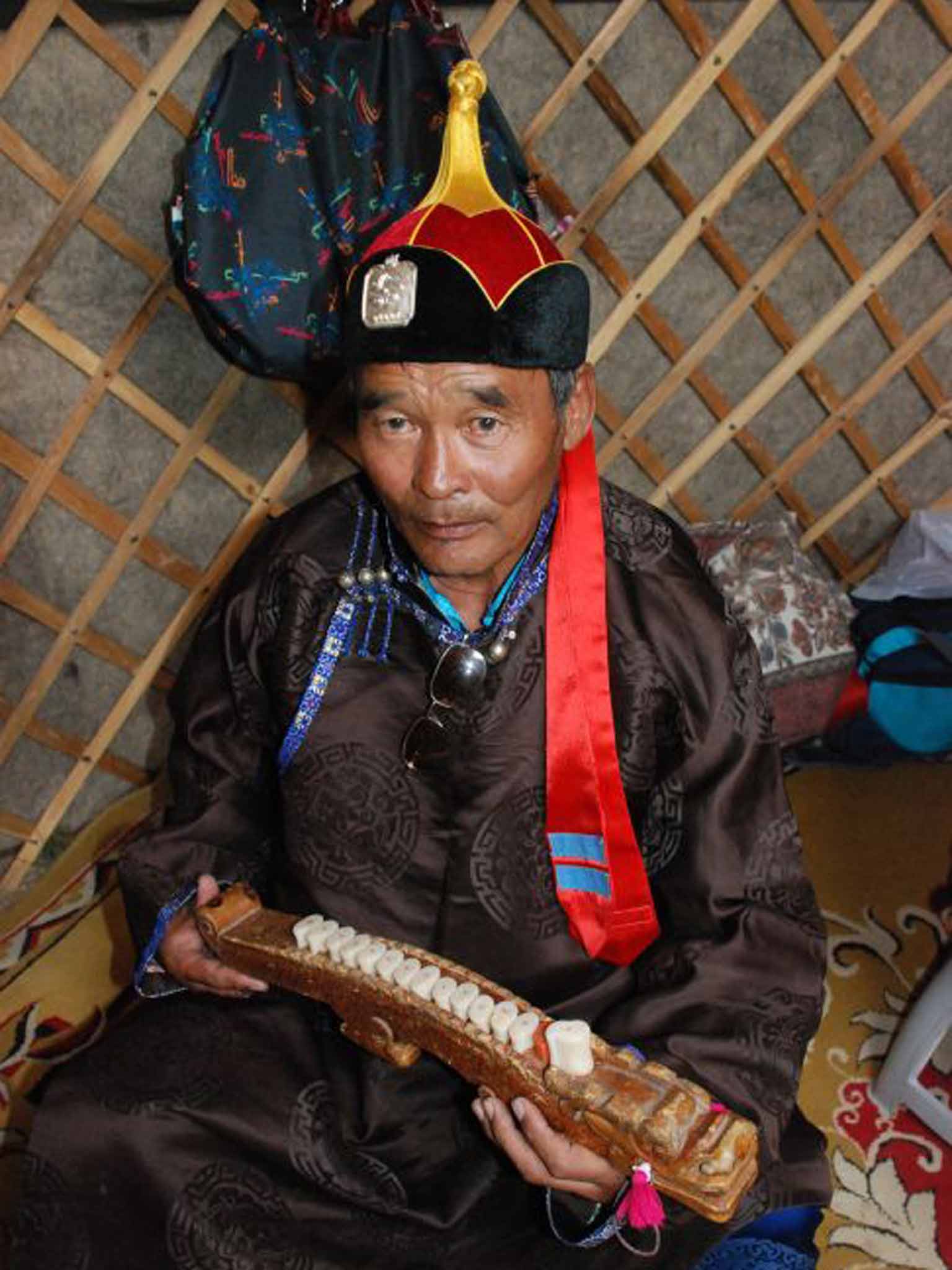Unesco's List of Intangible Cultural Heritage: From Mongolian knuckle-bone shooting to the art of wit in Uzbekistan
Mark Rowe celebrates the world's weird and wonderful traditions

Your support helps us to tell the story
From reproductive rights to climate change to Big Tech, The Independent is on the ground when the story is developing. Whether it's investigating the financials of Elon Musk's pro-Trump PAC or producing our latest documentary, 'The A Word', which shines a light on the American women fighting for reproductive rights, we know how important it is to parse out the facts from the messaging.
At such a critical moment in US history, we need reporters on the ground. Your donation allows us to keep sending journalists to speak to both sides of the story.
The Independent is trusted by Americans across the entire political spectrum. And unlike many other quality news outlets, we choose not to lock Americans out of our reporting and analysis with paywalls. We believe quality journalism should be available to everyone, paid for by those who can afford it.
Your support makes all the difference.Singing breaks out in a bar in Portugal's Alentejo region, say in the town of Evora. Ah, you say, how charming. This is what travel's all about. But it may also be about something more. For Portuguese Alentejo singing has been granted entry to one of the world's fastest growing clubs, the Unesco List of Intangible Cultural Heritage.
Rather than singling out the physical wonders of the world, such as the Taj Mahal, the Great Wall of China, parts of the Amazon rainforest, or the Forth Bridge (which was recognised by Unesco – the United Nations Educational, Scientific and Cultural Organisation – earlier this month), intangible heritage focuses on the customs, celebrations and human geography that is found in such places. If you're the sort of traveller who is curious about what constitutes Bulgarian throat-singing, or who feels your journey is enhanced by stumbling upon an impromptu rendition of it, then consult Unesco's list of intangible heritage before your next trip.
Songs feature heavily, as do oral stories, festivals, traditional craft items and the knowledge required to produce them. Sometimes, even rituals, as practised by a shaman, or what Unesco describes as "practices concerning the universe", find their place. Underpinning the concept of intangible heritage is the belief that these things that make a people – a nation, a place – tick are handed down from one generation to another. That is something to be celebrated in an increasingly globalised world becoming more homogenous by the day.
Many additions to the list reflect the sum of knowledge travellers pick up around the world, such as flamenco in Spain or Indonesian batik. These may be widely known, others are more mind-boggling but are nevertheless the sort of things we all like to know exist.
Mongolian knuckle-bone shooting was clearly a shoe-in for the updated list. This is a team game in which eight players flick domino-like marble tablets on a wooden surface towards a target of sheep knuckle bones, aiming to knock them into a target zone, while shooters sing traditional melodies and songs. If you stumble upon it while visiting Mongolia you'll snap a picture as surely as you would of two old men playing chess in a dusty square anywhere in the world.

Tchopa, a performing art practised among the Lhomwe communities of southern Malawi, was also given the keys to Unesco. The dance celebrates successful hunting trips and harvests but also takes place after drought and other calamities as a means of appeasing the gods. Twenty or more dancers criss-cross one another, some carrying farming tools, animal skins, puppets, even old kitchen utensils.
I'm pleased that askiya, the art of wit in Uzbekistan, is now inscribed. Many moons ago I was subject to an example of Uzbek wit at a traditional dinner. Handed a bowl of soup, I was told I would cause huge offence if I failed to swallow the sheep's eyes that floated gibbously on the surface. With one gulp I took the first (the left eye I was told), prompting huge mirth. The "eye" was in fact a marshmallow decorated with rice paper. Oh, how I laughed.
Inclusions can be bewitching, such as sand drawings in Vanuatu, which developed as a means of communication among the members of some 80 different South Pacific language groups. They can be haunting, as with Vedic chanting in India, mask dances from Bhutan or the Nestinarstvo fire-dancing rite in Bulgaria. Or enchanting signs of vigourous cultures that survived attempts at extermination, such as the royal ballet of Cambodia.
There's no denying that some can raise an eyebrow or two, leaving you wondering if official delegates have been sitting for a little too long in the Estonian smoke sauna (inscribed last November). You get the impression that some applicants suspected they were pushing their luck when they sent the forms off to Unesco's Paris headquarters.
Most would agree that "the gastronomic meal of the French" is a pleasurable experience, but does it capture the soul of the French nation today? Perhaps. A hopping procession in Luxembourg would sit comfortably within an episode of Ripping Yarns. Others, I find it pleasing to know that they simply exist: an oil-wrestling festival in Turkey, or Korean tightrope-walking (in which a clown tries to put the walker off).
Before Eurosceptics begin to foam at the mouth – something that in itself could arguably merit inclusion as a manifestation of a deeply held tradition – it's worth pointing out that the list is not an example of money from "hardworking taxpayers" being handed out to frivolous causes. There's no financial reward for being inscribed. It does, though, enhance the chance that the custom will be picked up by someone casting their eye around for the next travel destination, and so in a roundabout way may reap rewards in terms of enhanced tourism. As nation states cotton on to the concept, the list seems to grow exponentially.
Later this year, a crowd of intriguing applicants will hear if they are to join the club. They include attan, a traditional folk song from Afghanistan, classical horsemanship from the Spanish Riding School in Vienna, the copper craftsmanship of Azerbaijan, and tugging rituals and games in the Philippines, Cambodia, South Korea and Vietnam.
My fingers are crossed that the tradition of kimchi-making from North Korea gets in. This vegetable side dish is often spiced and mixed with seafood. It works best, say the applicants from the Democratic People's Republic of Korea, if it "undergoes lactic fermentation". It has some political heft behind it. The Dear Leader Kim Jong-Un is of course on board, as is the Korean Cooks Association, the country's Folklore Research Institute and "neighbourhood units and housewives". It's a cross-border dish, enjoyed north and south of the line of demarcation, so perhaps therein lies the key to peace in this corner of East Asia: harmony achieved over cabbage.
See the full list at bit.ly/UnescoList
Join our commenting forum
Join thought-provoking conversations, follow other Independent readers and see their replies
Comments